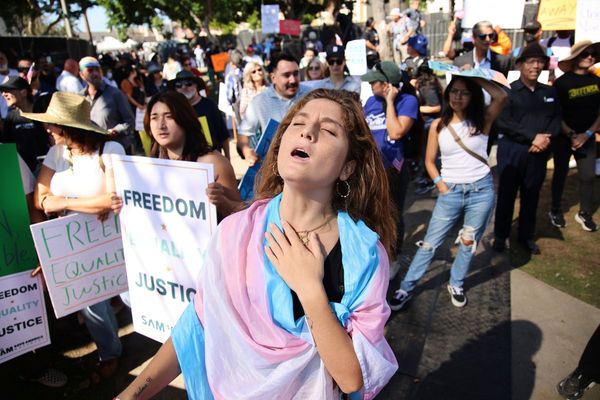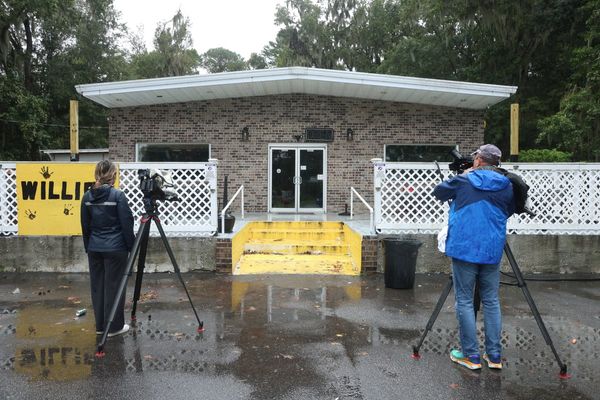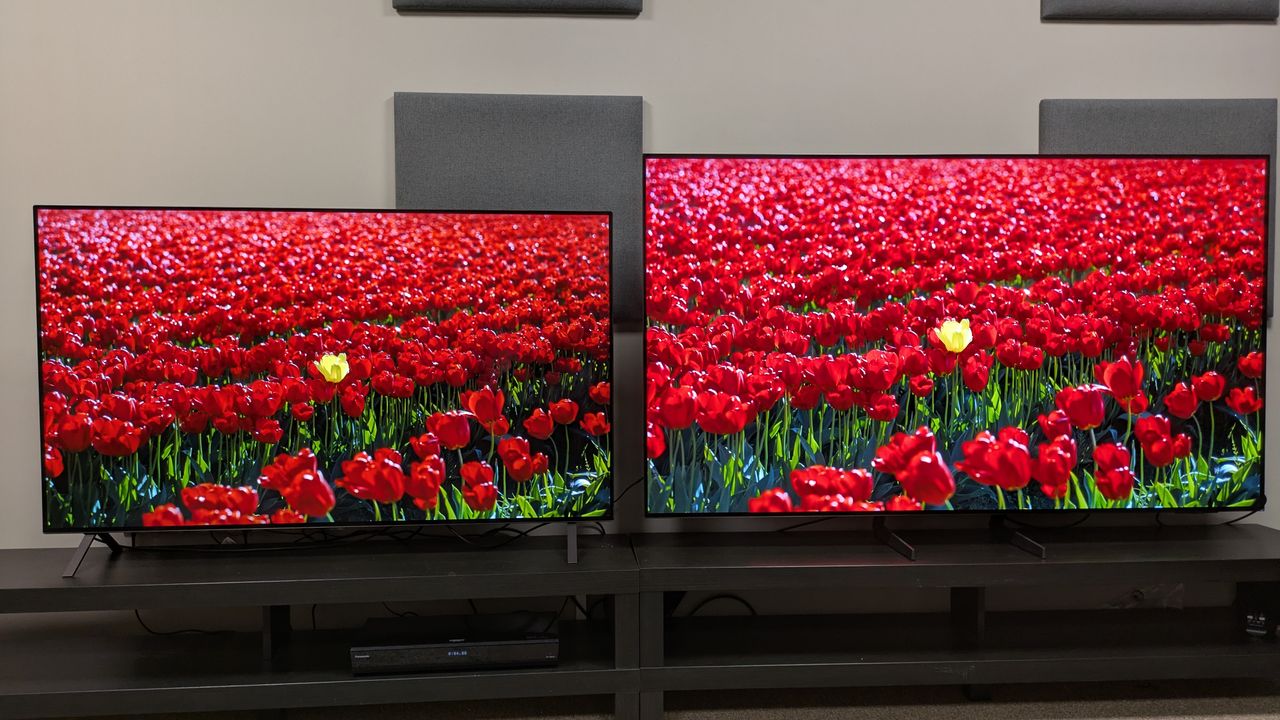
LG and Samsung have been locked in an OLED TV battle for a number of years, ever since Samsung reentered the OLED TV market in 2022 with the Samsung S95B.
Samsung has since been our TV of the year winner for two years in a row, with the Samsung S90C taking the crown in 2023 and the Samsung S95D taking the title in 2024. Even so, several LG OLED models still sit on our list for the best OLED TV.
I’ve already tested both brands' 2025 flagship models, the LG G5 and Samsung S95F, side-by-side. Recently, however, I also had the chance to do a side-by-side test of their entry-level OLEDs, the LG B5 and Samsung S85F.
It’s worth noting that both these TVs use the same standard W-OLED display panel. So they can’t really be that different, right? Well, let’s look at the results of my comparison to find out.
Brightness and contrast
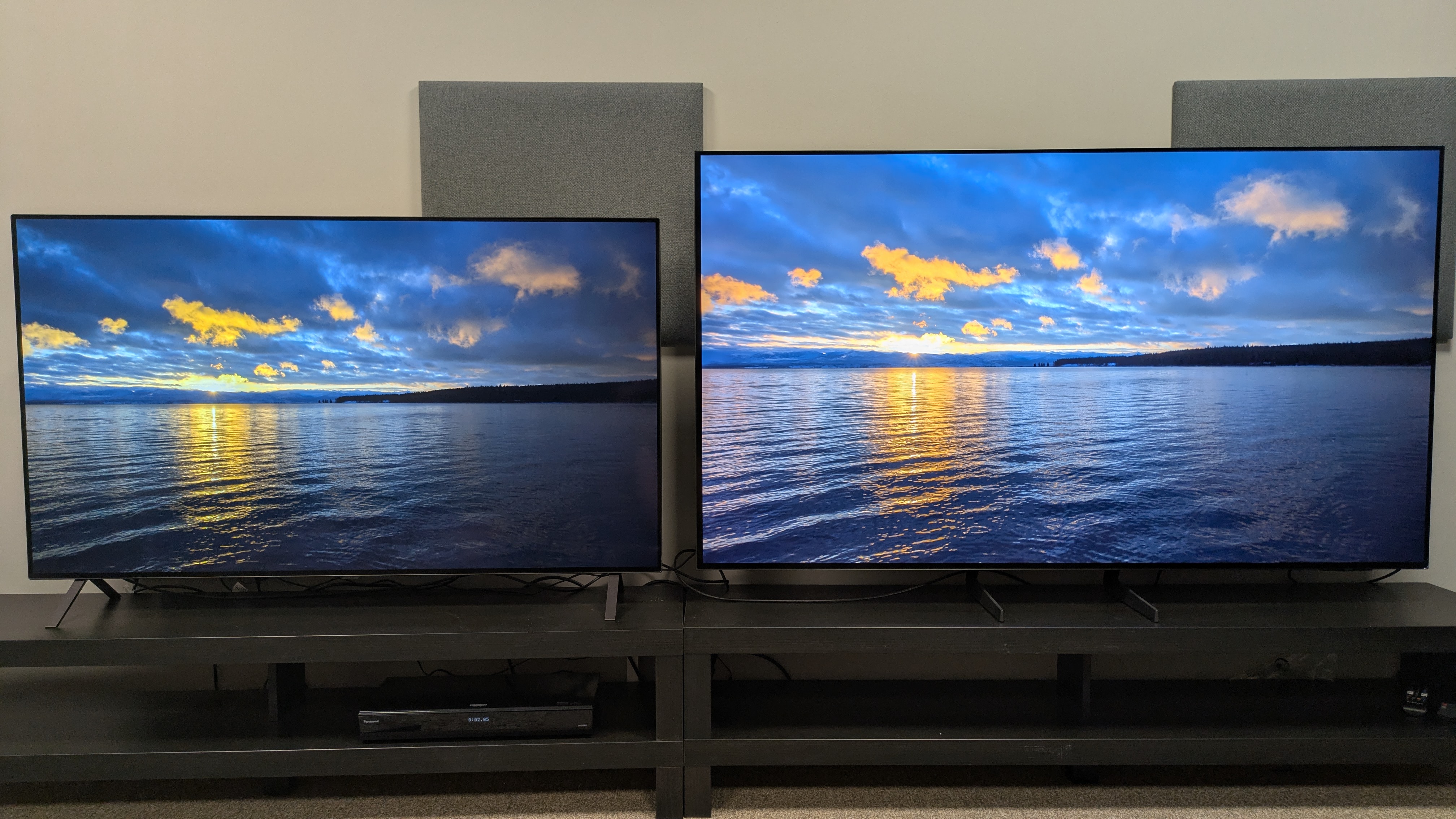
With both TVs using the same panel, I expected their brightness measurements to be similar, and that did turn out to be the case. When I measured peak HDR brightness for both TVs, the LG B5 clocked in at 668 nits, and the S85F at 777 nits. I assumed a difference of just over 100 nits wouldn’t make an impact on the picture, but I was wrong.
Although the difference was subtle, the S85F’s picture did have bolder highlights in specific movie scenes. Watching The Batman, highlights from light sources such as lamps and torches in the opening subway fight and crime scene sections were indeed brighter on the S85F. The B5 still demonstrated solid brightness, but I found my eye more drawn to the S85F’s picture.
In demo footage from the Spears & Munsil UHD Benchmark 4K Blu-ray, with images such as the sun behind a satellite dish or a horizon at sunset, the S85F had a bit more vibrancy, which made these highlight areas look more striking.

Both the B5 and S85F demonstrated excellent contrast throughout testing. In The Batman, light sources balanced well with dark tones on screen, creating a good sense of contrast, though the S85F’s higher brightness gave it an edge.
Both TVs also had refined shadow detail when watching The Batman, but the B5 displayed deeper, richer black tones, and it better maintained shadow detail, with the S85F showing minor black crush. In Oppenheimer’s black and white scenes, both TVs again showed a good range of gray tones, but here again, the B5 maintained details in darker areas more accurately than the S85F.
I noticed that while Filmmaker Mode was the more accurate mode for darker movies such as Oppenheimer and The Batman, the differences between the two TVs were more obvious in Cinema mode, especially when it came to brightness, contrast and shadow detail.
Color profile
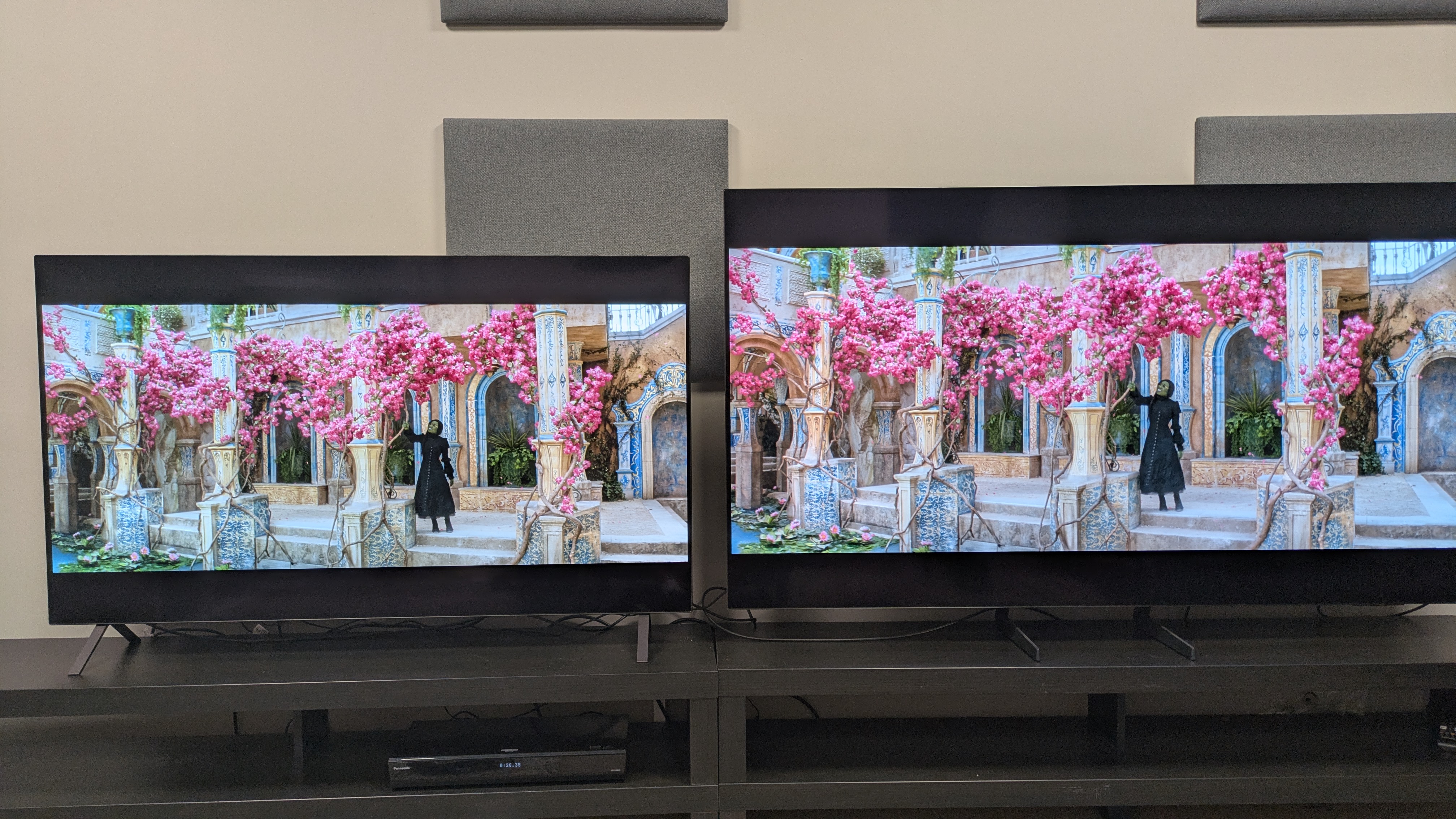
Where the B5 and S85F really differed was in their color. Although both use the same OLED panel type, the S85F’s colors had a greater visual punch, especially when evaluating both TVs with their Cinema picture preset active.
In Wicked, during the Wizard & I scene where Elphaba stands under some pink flowers, the flowers looked more vibrant on the S85F than the B5, giving them an eye-popping quality. Elphaba’s green skin also appeared brighter, and later in the Emerald City, the greens appeared more dazzling on the S85F.
Where the B5 differed here was in its color depth. The B5’s deeper blacks had the effect of making the pink flowers and Elphaba’s green skin look richer and more lifelike compared to the S85F.
In the same Spears & Munsil footage, shots of colorful butterflies and flowers looked rich and refined on both TVs, but once again, the B5 displayed deeper, richer, and more subtle hues, whereas the S85F had more outright colorful images. I found myself more drawn to the S85F, especially with both TVs in Cinema mode.
Sports
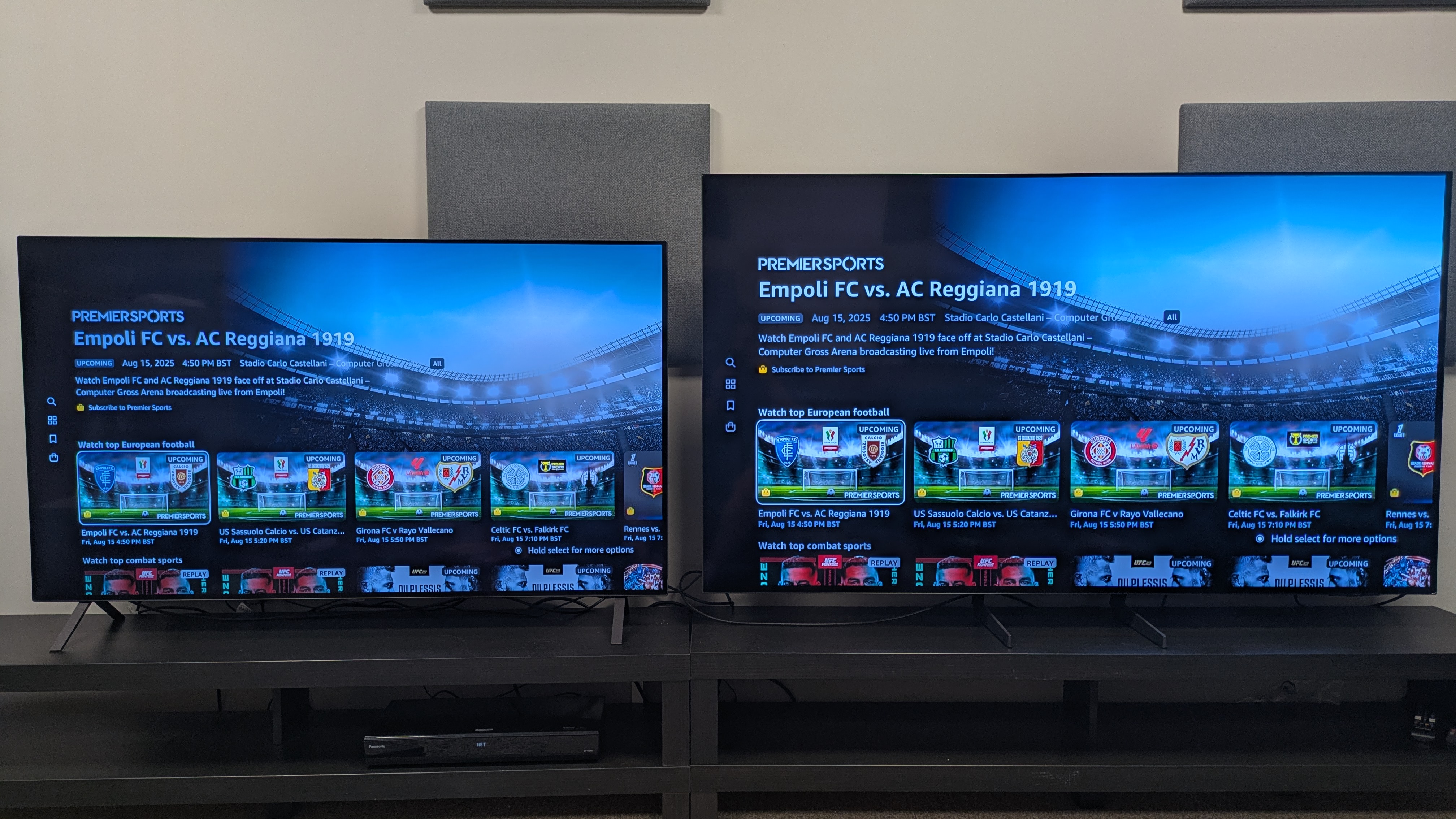
One thing I wanted to test on these TVs was sports viewing. OLEDs typically have very good motion handling, which is why they always feature in our best TVs for sport guide. I’ve found that Samsung TVs require more setup effort when it comes to sports than LG TVs, and it was no different with the S85F.
In Standard mode (color in the B5’s Sports mode is too oversaturated, so I preferred not to use it), the LG B5 displayed superior motion handling. An MLS soccer game I watched via Prime Video in this mode looked fluid and smooth throughout viewing, with no settings changes required.
The S85F, also in its Standard preset, showed several motion artifacts, such as a ghosting ball and some stuttering. Changing blur and judder reduction to 5 did help, but even then, there was some picture judder compared to the B5.
Of the two TVs, the B5 was the clear winner when it came to motion handling.
Which TV should you choose?

After testing both the LG B5 and Samsung S85F side-by-side, the differences are generally subtle, so which one you should buy will likely come down to personal preference.
If you want a brighter, bolder-looking TV with more vibrant color, opt for the S85F. If you want a more natural-looking TV with richer blacks, opt for the B5.
Both TVs have the full suite of gaming features we look for on the best gaming TVs, and both have great smart TV platforms. But sports fans will want to go for the B5 due to its superior motion handling.
During my testing, I ultimately found myself more drawn to the S85F. So that’s the one I’d choose, but it was very close.
Honestly, it could all come down to discounts. The 55-inch B5 costs $1,499.99 / £1,399 / AU$1,995, and the 55-inch Samsung S85F costs $1,499.99 / £1,399 / AU$2,495, so in the US and UK, there's currently nothing between them. But as we approach the end of the year, both TVs will inevitably receive discounts, and the amount of those discounts could determine which TV is the better overall value.
You might also like
- Glare-Free vs anti-reflection: This is how Samsung and LG's flagship OLED TV screens fared when I tested them
- I tested LG, Samsung and Sony's elite 2025 OLED TVs side-by-side – here's the one I'd buy with my own money
- I tested LG's cheapest OLED TV and Samsung's more affordable mini-LED TV side-by-side and I know which one I'd buy

